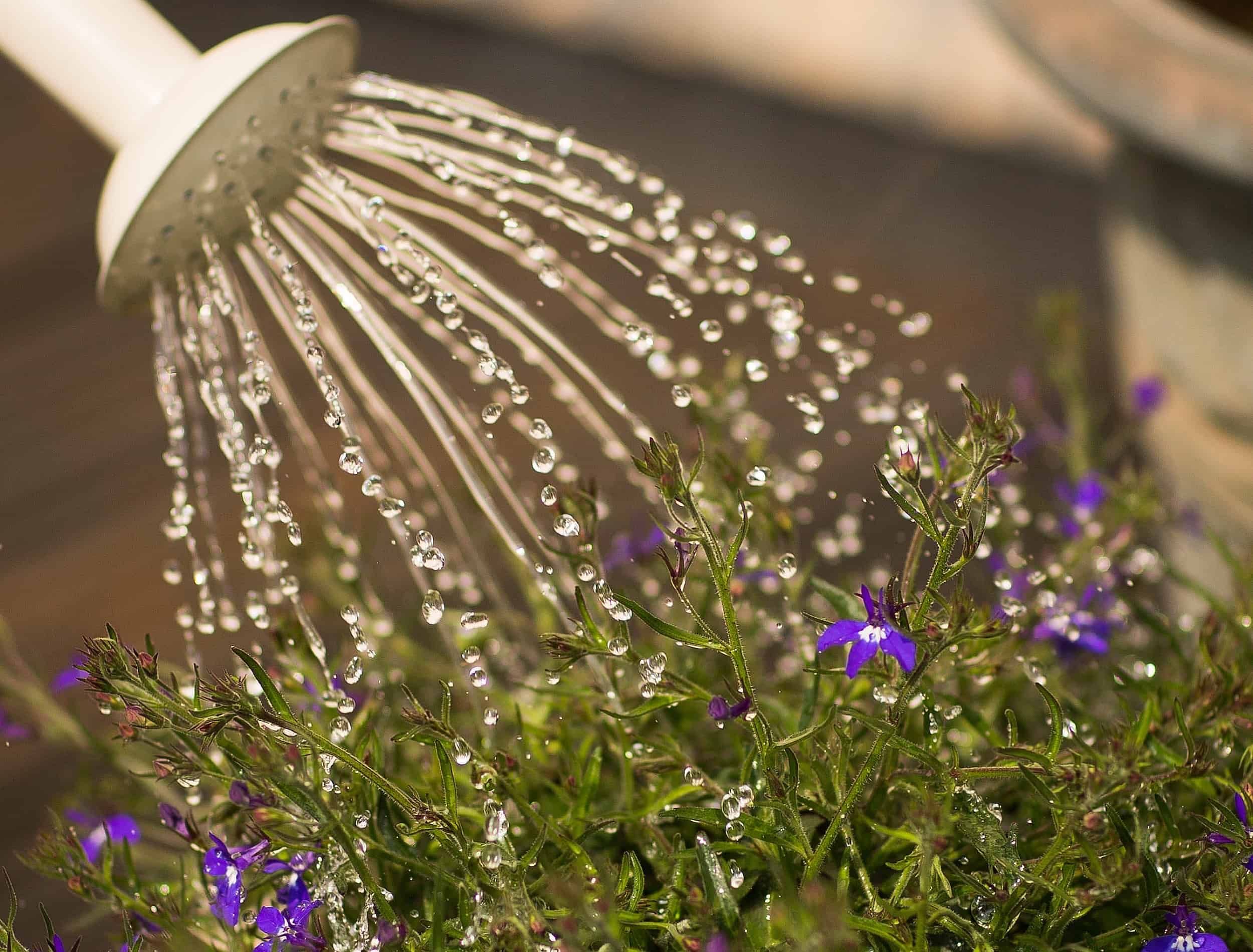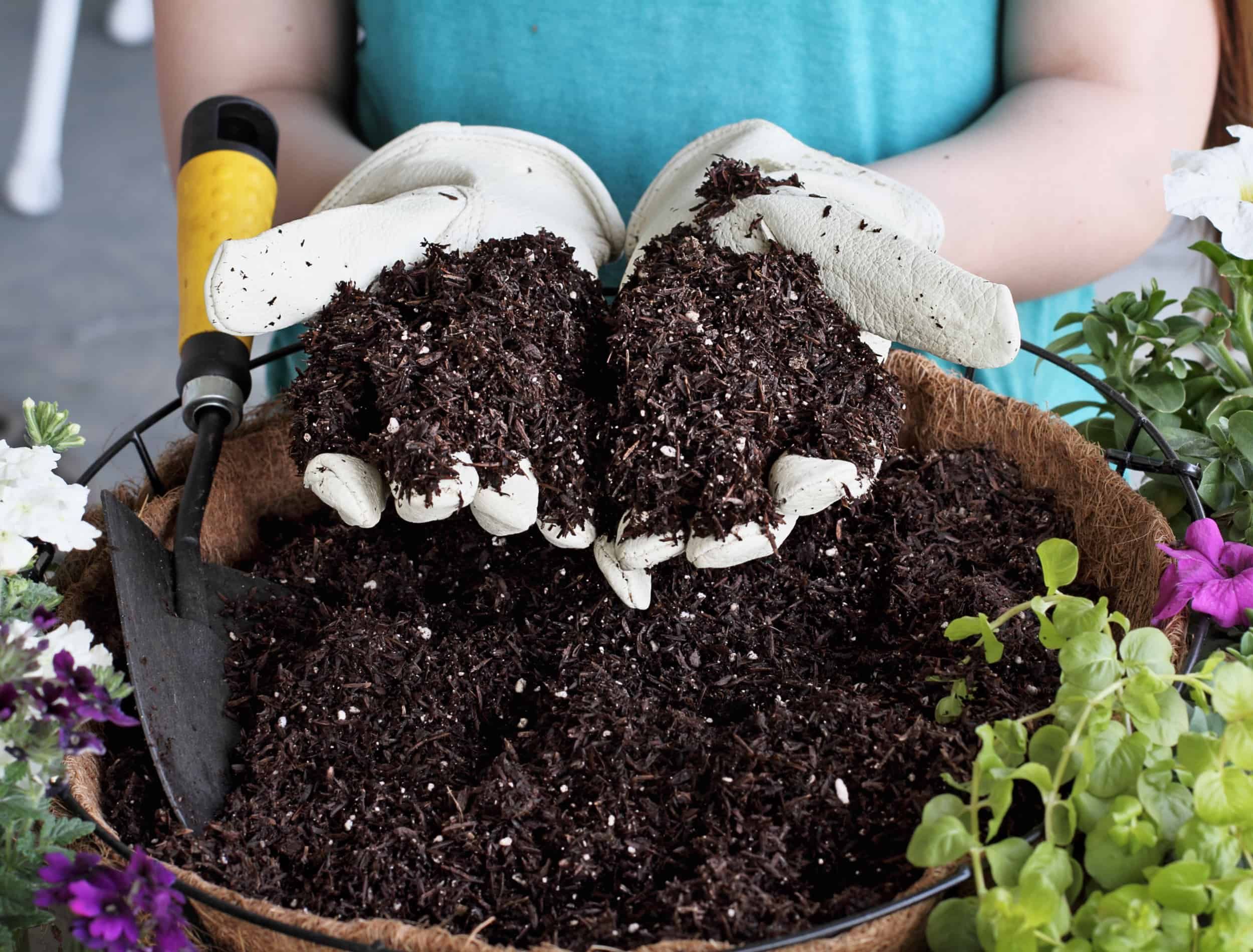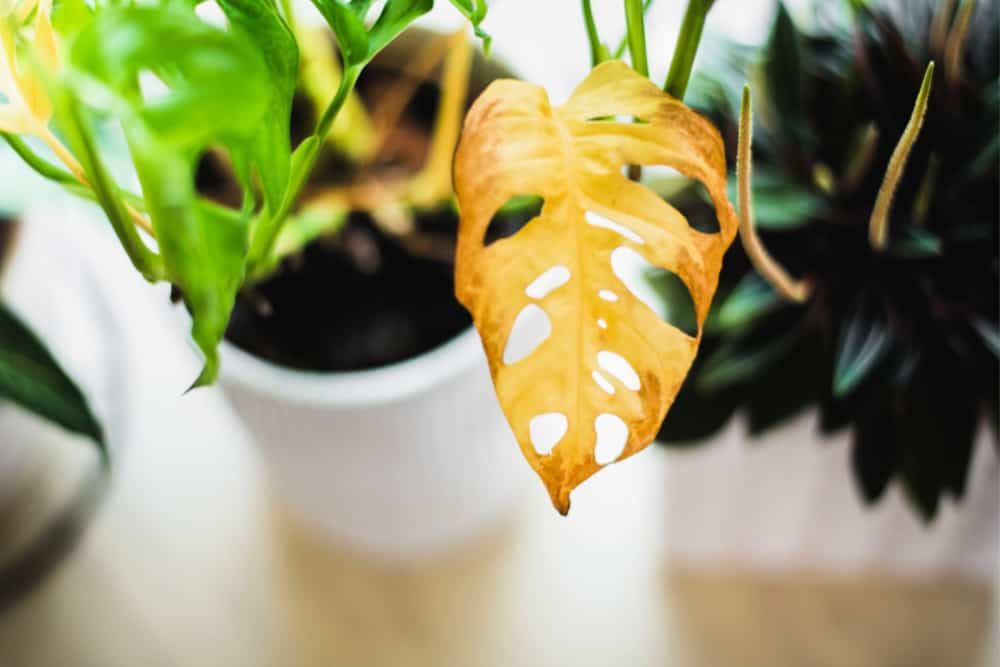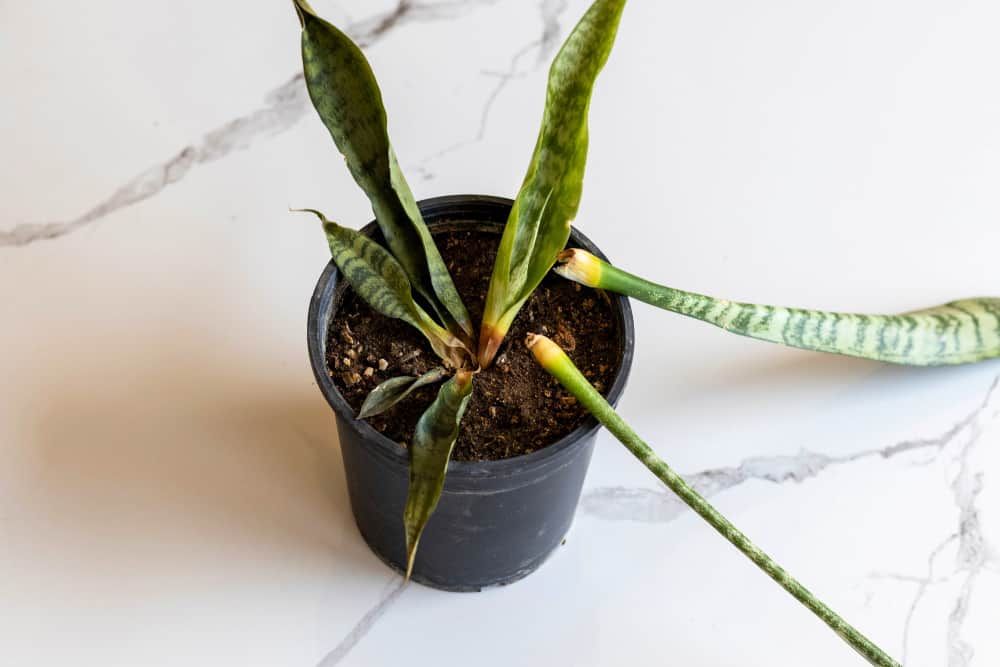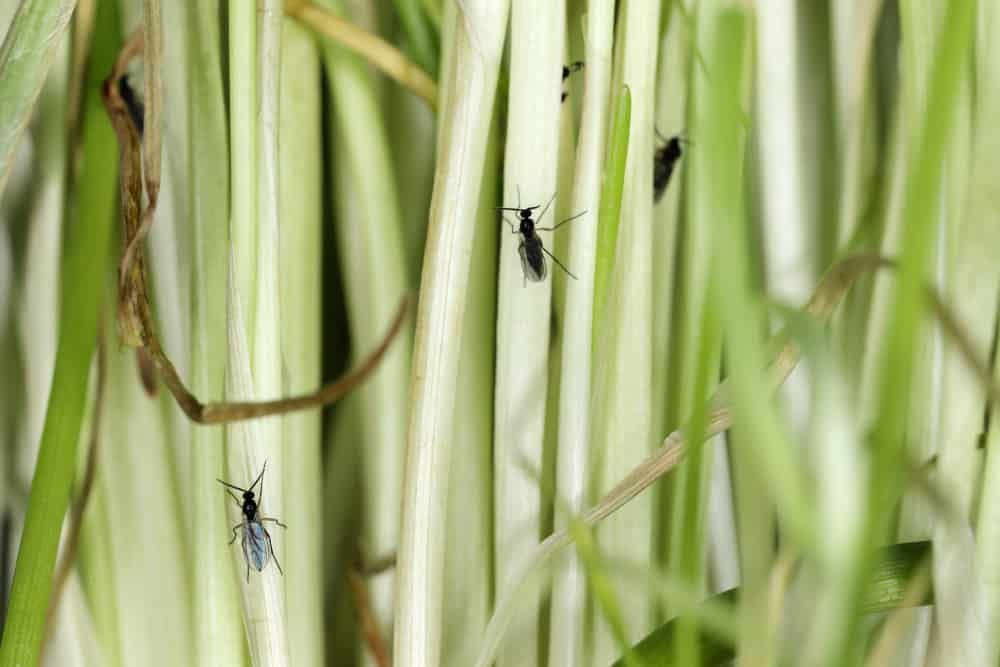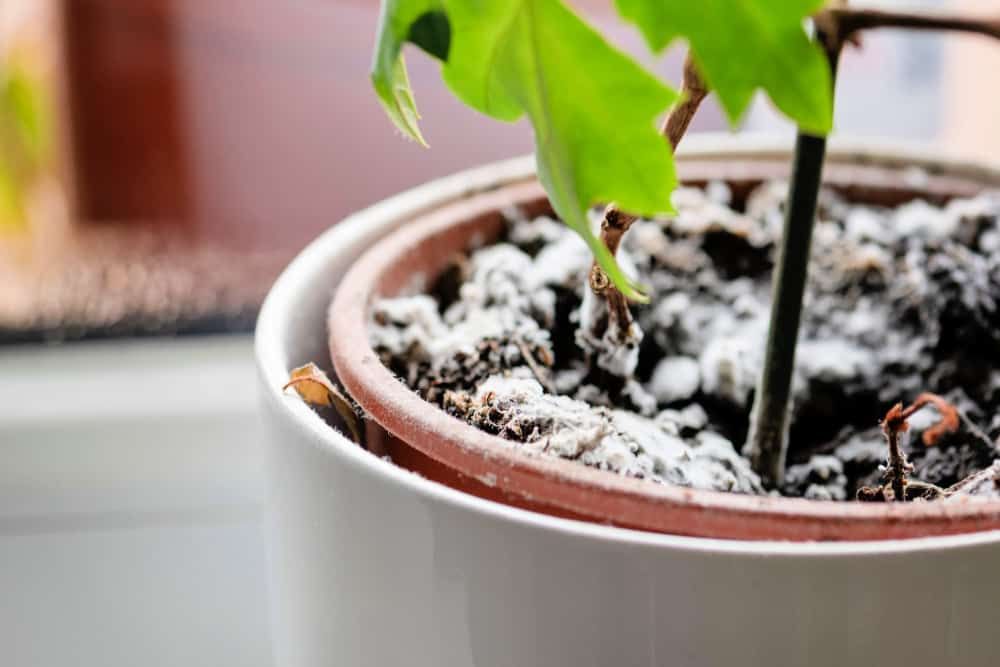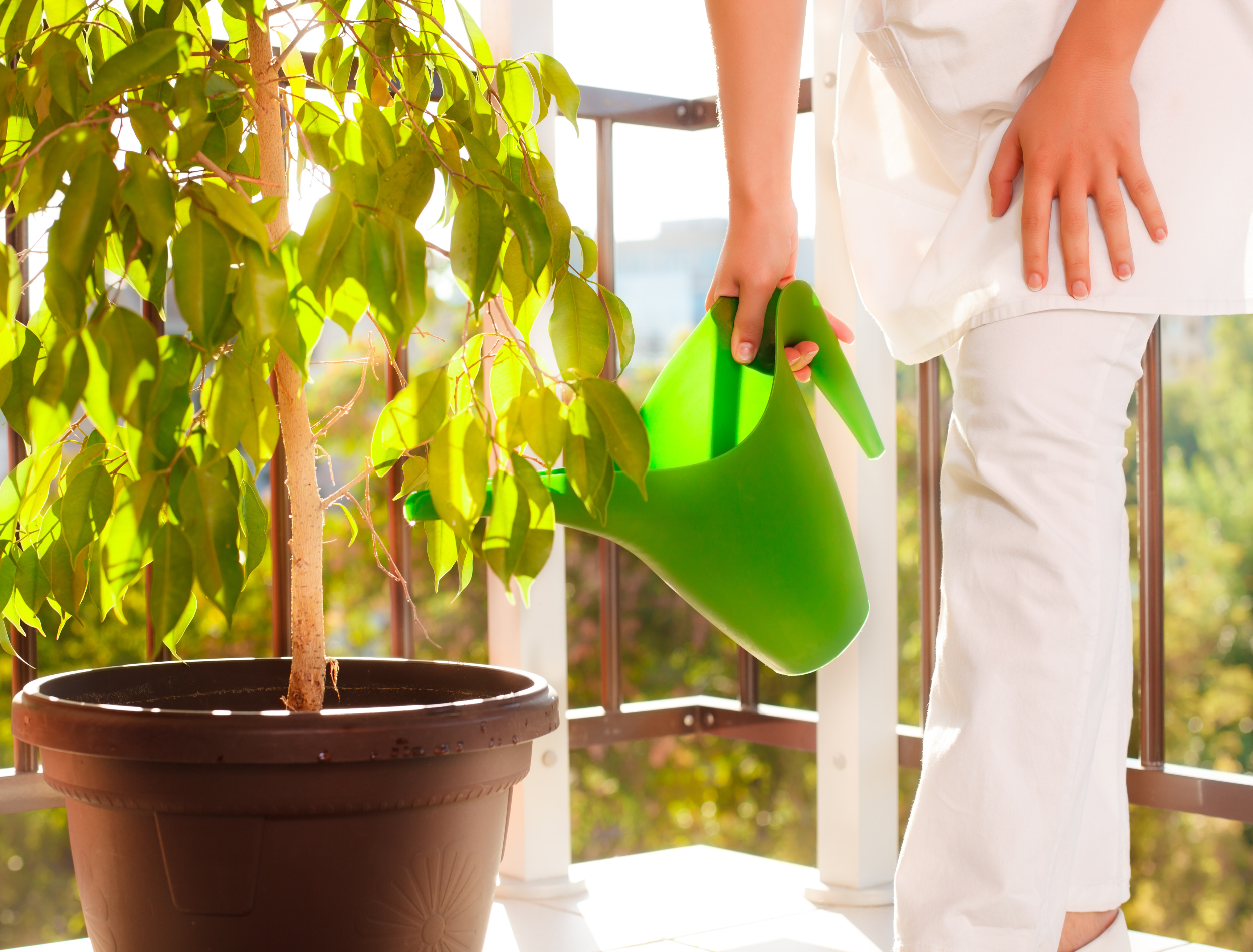Many gardeners struggle with overwatering their indoor and outdoor plants. While too little water can kill your plants, overwatering can do as much damage, if not more. Since not all plants require the same care, it's crucial to pay attention to each plant's needs.
If your plants don't seem to be doing well, it's up to you to investigate the cause. And if you suspect that you have overwatered your plant, there are five tell-tale signs to watch for. In this guide, you'll learn what to watch for, tips for preventing overwatering, and how to revive an overwatered plant.
5 Signs Your Plant is Overwatered
1. Wet Soil
Image credits: Stephanie Frey via Shutterstock
The most glaring sign that you are overwatering is soaking wet soil. Of course, this is only the case if you haven't just watered your plants.
It may seem basic, but an overwatered plant usually won't have dry soil. Simply feel the soil about an inch below the surface with your fingers. If it's been more than four hours since you've watered, and your plant is still wet -- rather than moist or dry -- chances are you've overwatered it.
2. Wilted or Yellow Leaves
Image credits: Jus_Ol via Shutterstock
Another obvious sign that you are overwatering is yellow or limp leaves. If you notice leaves turning brown and dying off, as well as brown spots, chances are overwatering is the reason. Drooping leaves combined with wet soil usually means the plant has root rot and is no longer able to absorb water.
If your plants look wilted or have begun to drop leaves, there's also a chance you're underwatering them. Underwatered leaves will usually be dry and crispy, rather than soft and limp.
3. Mushy or Unstable Stems
Image credits: Bilalstock via Shutterstock
Mushy stems are another sign of root rot and overwatering. They may also become brown and floppy and fall apart when you touch them. This is because the roots have died and the upper portion of the plant is also dying. Once you notice mushy stems, the plant may be too far gone to save.
4. Pests
Image credits: Tomasz Klesjdedysz via Shutterstock
Fungus gnats are a tell-tale sign that your plants are too moist. This is because they love wet soil and feed on the fungi that grow in damp environments. These gnats can damage your plants by stunting growth and damaging the root system. This can worsen the effects of root rot. There are ways to remove these pests and stop your plant from suffering.
5. Moldy Soil
Image credits: matuska via Shutterstock
Moldy soil usually goes hand-in-hand with fungus gnats. You'll notice it growing on the top layer of soil if it has remained soggy for a prolonged period. Decaying roots, stems, and leaves are a breeding ground for mold spores. This can also reflect drainage issues, so it's important to provide your plant with well-draining soil and the proper pot.
How to Fix Overwatering
Image credits: irynakhabliuk via Canva
If your plant has one or more of the signs and symptoms listed above, it's likely a victim of overwatering. If it's completely mushy with black roots, unfortunately, chances are your plant is too far gone. But, if it's still got some white roots and healthy leaves, there is something you can do to save it!
Most plants require repotting every once in a while, and if you have overwatered your plant, repotting may be necessary. Carefully lift the plant from its pot, removing soggy soil, dead roots, and dead foliage. Then, replant it in fresh, high-quality soil. Ensure the pot has a proper drainage hole so you can avoid overwatering in the future.
How to Prevent Overwatering
Image credits: grki via Canva
Now that you know the signs of an overwatered plant and how to handle it, you should also learn how to prevent the issue. First of all, water your plants properly to ensure you are feeding the root system what it needs.
Another tip is to avoid watering on a schedule. If you water every 10 days like clockwork, you may be giving the plant more or less water than what it needs. Instead, water your plants when the top inch of soil is dry. You should also consider the conditions each plant prefers. Succulents usually prefer to be drier, while plants such as ferns prefer moist soil. Adjust your routine according to what the plant variety generally needs, as well as what the individual plant shows you it needs.
A drainage hole is essential if you want to avoid worrying about your plants becoming waterlogged. Even with a drainage hole, watering too often can still result in an overwatered plant. So, determining when your specific plant needs is key.
Water You Waiting For?
These five signs are the best way to tell if you've gone too far with watering and need to cut back. If you suspect that your plant has become waterlogged, it's best to act quickly. Determine the issue and save your plant before it's too late! Different houseplants and outdoor plants have different needs, so consider their care instructions when you water them.
And if you do find that you are overwatering your plants, provide them with the proper care to ensure they won't suffer from root rot. Afterward, consider altering your watering schedule and techniques to ensure your plants are happy and healthy. If you tend to overwater, consider watering your plants from the bottom.
Have you ever overwatered your plants? Let us know if any of these tips helped you identify the problem!

